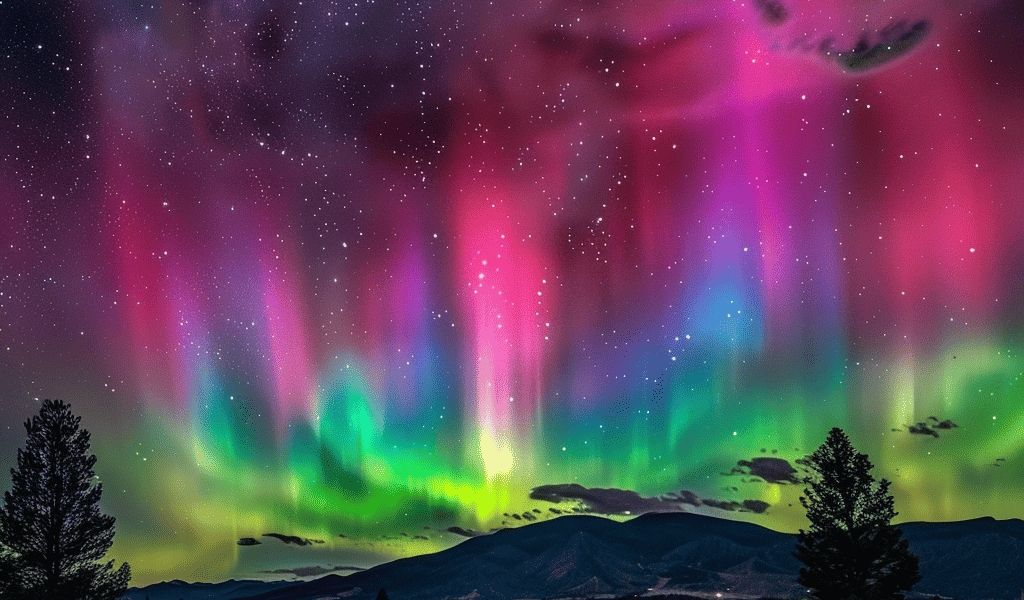Celestial News: It’s Aurora Season
This month, the sun is gearing up for a spectacular show of the Northern Lights, also known as the Aurora Borealis, over Colorado. With the sun reaching its peak in sunspot activity near the time of the spring equinox, the conditions are just right for strong displays of this natural phenomenon.
As the sun enters Solar Cycle 25, the 25th 11-year cycle since sunspot records began in 1755, the Space Weather Forecasting Center predicts that the peak of solar magnetic activity will occur sometime in 2024, likely between January and October. This increase in solar flares and coronal mass ejections (CMEs) has been contributing to the heightened likelihood of vivid displays of the Northern Lights here on Earth.
According to a recent study by NASA solar physicist David Hathaway, March is the most geomagnetically active month of the year, closely followed by October. Auroras are nearly twice as likely in March and October as they are in the winter and summer months. This phenomenon is attributed to the time of the equinoxes, when the Earth’s magnetic poles are neither tipped toward nor away from the sun, allowing the sun’s magnetic field to link up with Earth’s and create openings for solar wind particles to flood into our atmosphere, resulting in vibrant displays of the aurora.
For those interested in witnessing the auroras, it is recommended to look for them in the hours around midnight, starting in the northern part of the sky. In Colorado, an auroral display typically begins as a green glow or arc low on the northern horizon, which then brightens and expands upward as midnight approaches.





